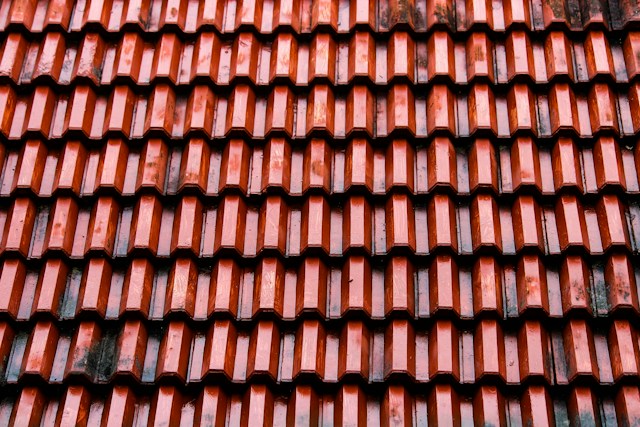Like an ethereal crystal lotus flower floating on a lake, this architectural “sculpture” is artistic, functional, and ecologically sustainable. Every detail of the structure is designed with mindfulness and precise purpose to create a sense of blossoming for viewer and visitor alike.
The lotus flower has long been an important symbol in many religions and ethnicities. It represents an emerging from the muck and mire of earthly life into a state of unfolding enlightenment. The lovely flower emerges from the murky waters as a closed bud, then opens its petals to a full bloom and finally exposes the seed pod. The Lotus building is a triple-sectioned structure resembling each stage of the flower’s emersion.
The project’s architect is an Australian company, studio505, which was contracted by the Wujin District People’s Government of Wujin, China. The Lotus Conference Center is situated in the middle of a manmade lake and was constructed atop an existing underground municipal building. The new Lotus addition attempts to bring People’s Park together with civic engagement in an artistic icon that acts as a focal point, visually and physically.
The functional uses will consist of government business and conference center facilities as well as cultural civic center galleries and activities for tourism. The conference spaces are elegantly designed with richly grained wood and illuminated ceilings. The seating is circular in keeping with the rounded floral shape. The visitors, officials, and functionaries become an active part of the artistic aesthetics, as if an integral part of pollinating ideas.
The Lotus building is truly an exquisite work of architectural art, by night and day. The external view stands out against the surrounding buildings in this bustling city, which are box-like skyscrapers. The Lotus Building, by contrast, is round and soft, appearing to float on the lake. At night, the building takes on a pink and purple hue that graduates from bright at the base to darker toned at the height and edges of the petals. The lighting is controlled by a timer that gradually changes the color schemes in a captivating display every 20 seconds.
Visitors are incorporated into the floral sculpture through an underground tunnel from the land. They emerge, as the lotus does, as a bud, into the light of the domed clear glass atrium set into the metal “veins” that shape the unopened petals. In the center is a pistil-shaped chandelier that draws the eye skyward. The “bud” is the central section with the open flower and seed pod sections on either side.
The massive walls are curved and covered in a mosaic “skin” of hexagonal tiles, colored white, tan, and stainless steel, giving a texture and feel of being in a surreal shrunken, and humbly human, condition inside the immensity of nature’s wonders.
In keeping with the three stages of the lotus flower’s unfolding, ecological sustainability is as integral a component as functionality and aesthetics. The project utilizes geothermal pre-cooling and pre-warming using the artificial lake’s water and ground underneath by way of more than 2500 collection pilings. Evaporative cooling from the lake’s surface drives a thermal chimney in the main pod.
This artistic building is a pride of Wujin, meeting the expectation as an iconic landmark and attraction that serves to define the city itself. Humans have long left their mark on time through architecture. The Lotus Conference Center may leave a lasting mark by its integration of nature as inspiration for design.






